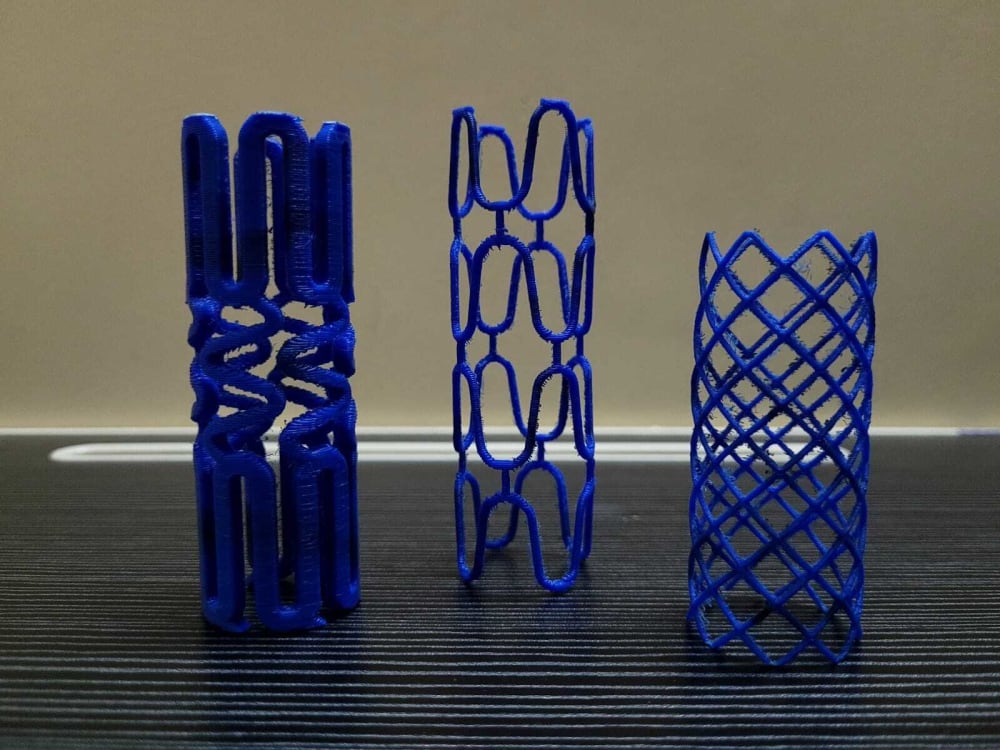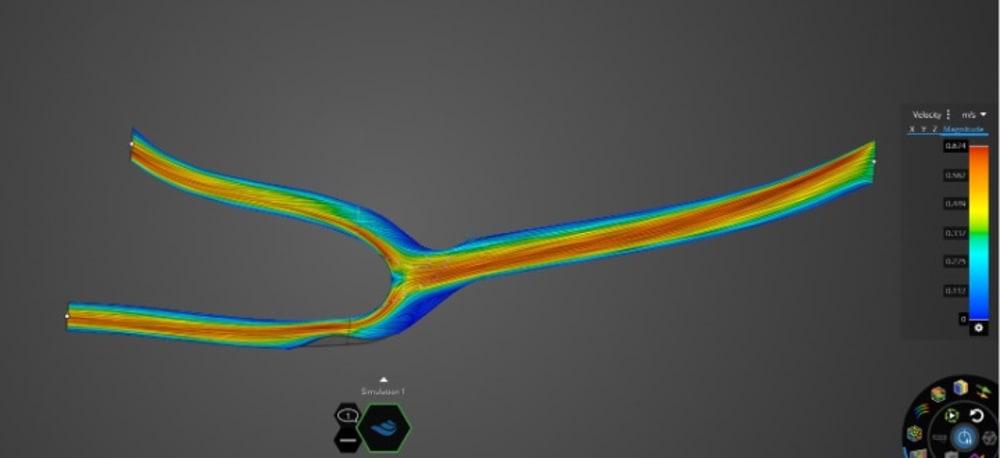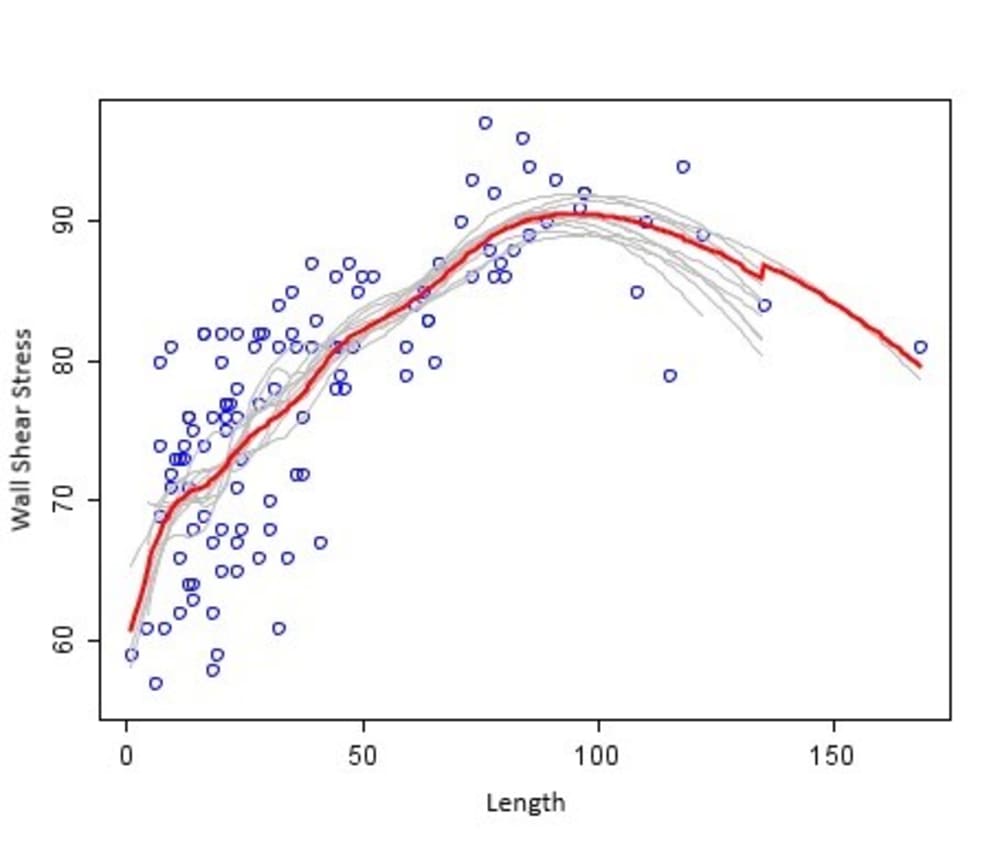
In the evolving field of medical device engineering, customizing cardiac stents for complex regions like the bifurcating carotid artery is crucial for enhancing patient outcomes. This project integrates Computational Fluid Dynamics (CFD) and Machine Learning (ML) algorithms to create patient-specific stent solutions that improve efficacy and safety. Our goal is to develop a methodology for designing and optimizing stents tailored to individual patients, ensuring optimal blood flow and minimizing complications such as Atherosclerosis, restenosis and thrombosis.
Methodology:
- Data Acquisition and Preprocessing: High-resolution CT and MRI data from patients with carotid artery disease are used to reconstruct 3D models of the bifurcating carotid artery, capturing specific geometries and flow characteristics.
- CFD Simulations: The 3D artery models serve as the basis for CFD simulations, analyzing hemodynamic environments. Key parameters such as blood flow velocity, wall shear stress, and pressure distribution are computed to identify regions prone to adverse events, guiding initial stent design.
- Machine Learning Optimization: Using CFD simulation data, ML algorithms, including optimization algorithms, refine stent designs. Parameters such as strut thickness, length and diameter are adjusted iteratively. The ML model learns from each simulation to predict and enhance stent performance, aiming for optimal blood flow and reduced restenosis risk.
- Prototype Development and Testing: Optimized stent designs are fabricated using advanced techniques like 3D printing and laser cutting. Prototypes undergo rigorous in-vitro testing under simulated physiological conditions to validate performance, assessing radial strength, flexibility, and biocompatibility.
- Patient-Specific Implementation: A pipeline for rapid customization of stent designs based on new patient data is developed. This involves automated 3D model generation, CFD simulation, and ML-driven optimization, enabling clinicians to obtain patient-specific stents quickly.
Results, Impact, and Conclusion:
Preliminary tests show that integrating CFD and ML in stent design leads to optimized stents with improved hemodynamic performance, reducing areas of low wall shear stress—a factor in restenosis. Customization ensures stents are better suited to individual anatomies, potentially leading to better outcomes and fewer complications. This project represents a significant advancement in cardiac stent design, combining computational techniques with personalized medicine to improve the safety and effectiveness of interventions for carotid artery disease. Future work will focus on clinical trials and refining ML models for enhanced predictive accuracy and robustness.
-
Awards
-
 2024 Top 100 Entries
2024 Top 100 Entries
Like this entry?
-
About the Entrant
- Name:Varun Parthiban R
- Type of entry:teamTeam members:
- Sundara Selvam S P
- Varun Parthiban R
- Patent status:none









